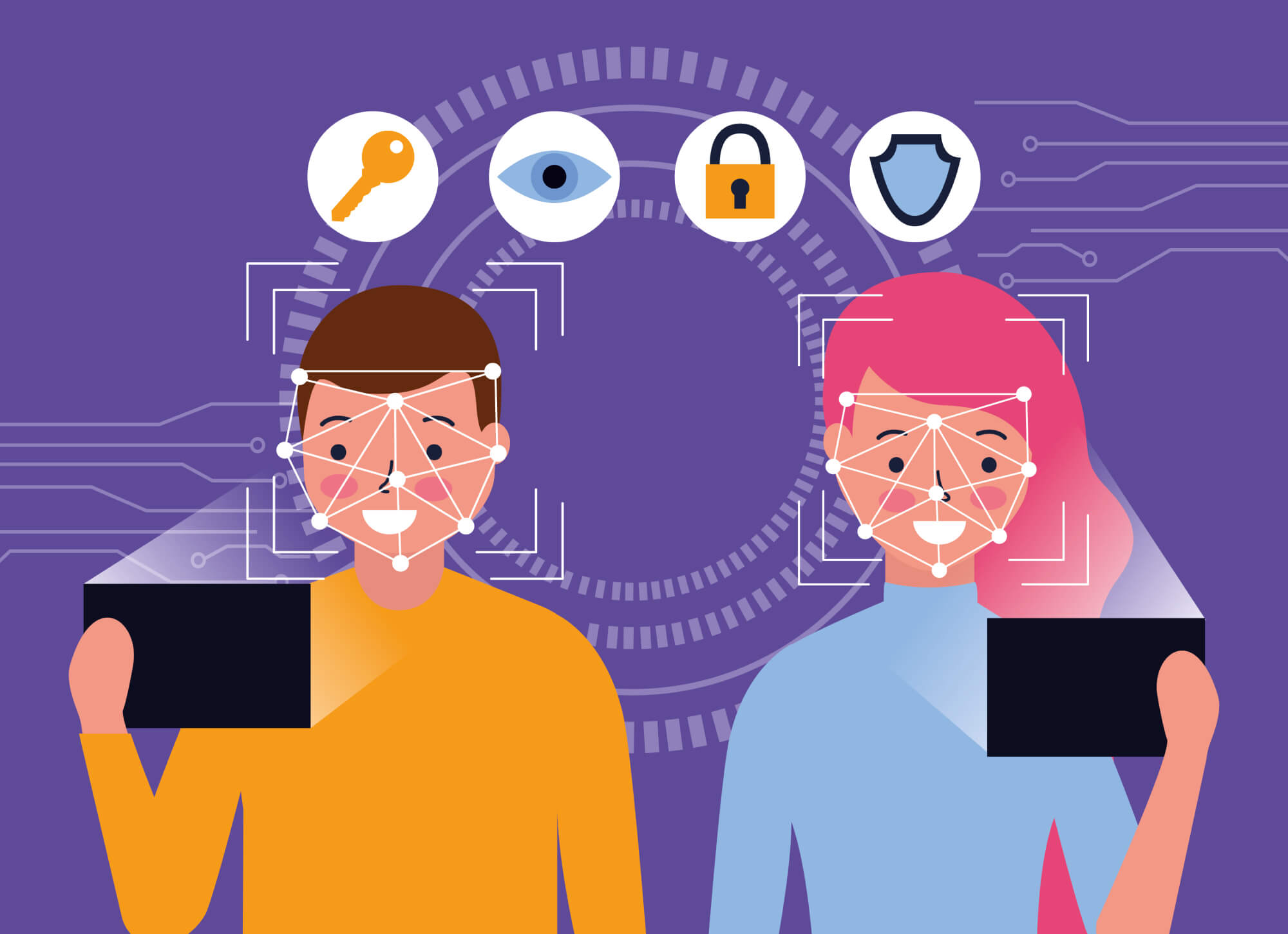In a world where seeing is no longer believing, artificial intelligence (AI) is rewriting the rules of reality. From eerily accurate deepfake videos to voice clones that sound indistinguishably human, we’re entering an age where synthetic media commonly referred to as AI fakes is becoming increasingly difficult to detect. But what exactly are these AI fakes, how are they created, and should we be worried?
What Are AI Fakes?
AI fakes refer to any media (images, videos, audio, or text) that is artificially generated or manipulated using machine learning techniques especially generative models. These include:
- Deepfakes: Realistic face swaps or video manipulations using GANs (Generative Adversarial Networks)
- Voice clones: AI-generated voice replicas trained on just a few seconds of speech
- Textual fakes: AI-generated news articles, social media posts, or chat interactions
- AI-generated influencers or avatars: Fully synthetic digital humans used in marketing or entertainment
Initially used for fun and creativity (like putting your face on a movie character), these tools have evolved into powerful instruments capable of deception and manipulation.
How Are They Created?
The backbone of AI fakes lies in deep learning. Here’s how:
- GANs: Two neural networks the generator and discriminator work together to produce increasingly realistic media.
- Diffusion models: Used for creating high-resolution images and videos (e.g., Sora, RunwayML).
- TTS and voice cloning: Tools like ElevenLabs and Descript can mimic a voice after analyzing short recordings.
- LLMs (Large Language Models): ChatGPT, GPT-4, and others can generate convincing human-like text.
Most of these tools are accessible and even open source, which is part of both their power and the potential risk.
Real-World Examples
AI fakes are no longer science fiction. Consider these real incidents:
- Political deepfakes: In 2024, a deepfake video of a presidential candidate surfaced online, appearing to confess to a fake scandal.
- Voice scams: Criminals have used AI voice cloning to impersonate CEOs and authorize fraudulent transactions.
- Celebrity misuse: Fake endorsements, AI-generated ads, and inappropriate content featuring real celebrities have gone viral.
- Fake news anchors: In some countries, AI-generated avatars now deliver news on state-run channels raising questions of propaganda.
Can We Detect AI Fakes?
Yes and the arms race has begun.
- Detection tools: Companies like Microsoft (Video Authenticator), Intel (FakeCatcher), and startups are building AI to detect fakes created by other AIs.
- Watermarking: OpenAI, Google, and others are working on cryptographic watermarks to indicate AI-generated content.
- Regulation: Laws like the EU AI Act and proposed U.S. regulations are pushing for transparency and accountability.
But detection is never 100% foolproof. The tech to create fakes is evolving faster than the tools to detect them.
The Future of Trust and Media
We’re entering a phase where trust will shift from content to context and verification:
- Platforms may begin verifying content origin (blockchain-based or metadata-based).
- AI-generated content will need disclaimers or authenticity marks.
- Educational campaigns will teach the public how to spot manipulated media.
At the same time, creators, developers, and technologists must adopt ethical AI development practices where consent, context, and control are central.
Conclusion: Should We Be Worried or Prepared?
AI fakes are here to stay and they will only get better (or worse) with time. But the goal isn’t to panic; it’s to stay informed, stay critical, and stay responsible. By understanding how synthetic media works and the risks it poses, we can navigate this new era with clarity and caution.
Final Thought
“The problem isn't that machines are getting too smart. It's that people are trusting them too much.”
Let’s ensure AI remains a tool for good and not a mask for manipulation.

